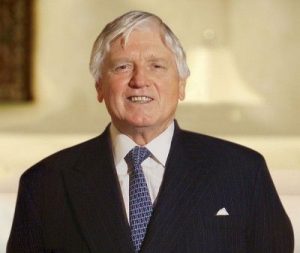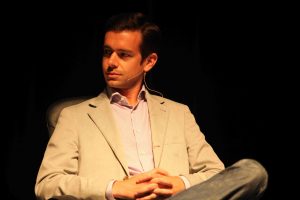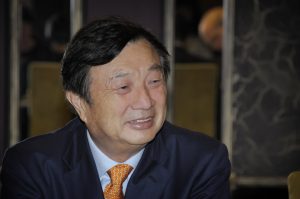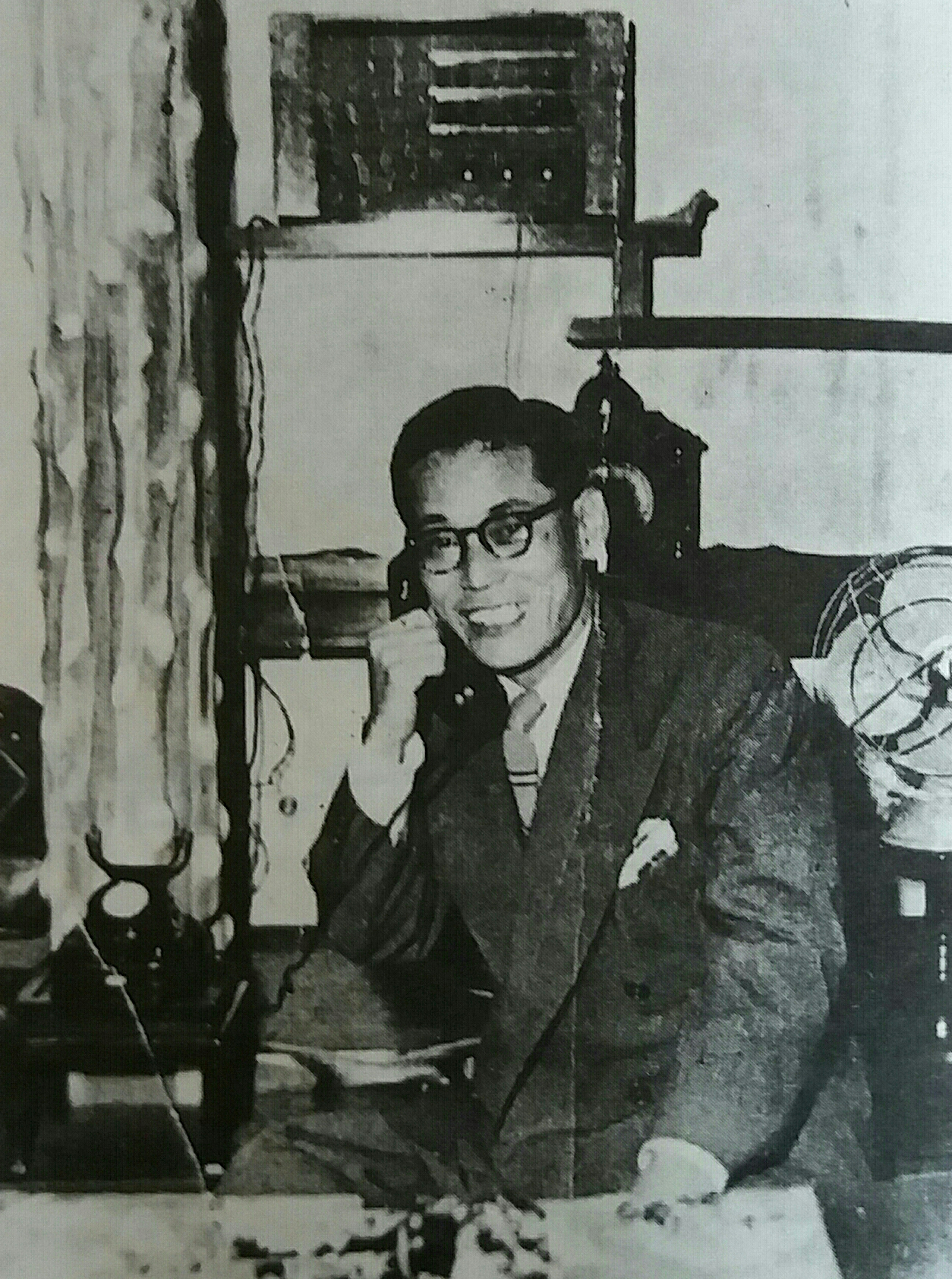Caterina Fake : One of the Most Influential Women in Silicon Valley
In the past more than 15 years, Flickr has been the best Photo and Video hosting platform across the world. It allows you to share and host your pictures online, becoming the most favourite photo sharing website among all. At a time there was nothing like Flickr and then the idea of creating it hit two cleaver minds; Caterina Fake and her ex-husband Stewart Butterfield. Caterina is among the Time’s Magazine’s 2006’s list of 100 Most Influential People and was awarded the Silicon Valley Forum’s Visionary Award (2018).
Early Life
Caterina Fake was born on 13 June 1969, in Pittsburgh, Pennsylvania. As a child, she had a keen interest in poetry and classical music and was not allowed to watch TV. She became familiar with computers and the internet through her friends.
She went to Choate Rosemary Hall to pursue her high school and attended Vassar College to do her B.A. In English. Meanwhile, she was also an alumnus at Smith College.
Career
Even being an Arts student, her interest in computers and programming, led her to grab a job as the lead designer at one of the first web development companies, named as Organic Online. She worked on the first online ventures of many famous companies including McDonald’s, Nike, Levi’s, etc.

Caterina also operated as a research staff member of ‘Interval Research and in 1990, served as the Art Director at Salon.com, where she played a key role in creating an online community, social software, etc. In 1997, Caterina started working at Netscape, managing its community forum.
Founding Flickr and Rise as an Entrepreneur
In 2002, Caterina, along with Stewart Butterfield and Jason Classon, founded a company and, named it Ludicrop. Together, they created a Game Neverending, that they somehow, could not launch. Later, she started working on a new project named as Flickr with Stewart and, launched it on 10 February 2004. Soon after its launch, it became a hit and Yahoo acquired it in 2005 along with Ludicorp, paying an amount of $25 million. Later, Yahoo! added more features to Flickr, like social media integration, community open APIs, tagging, etc to enhance its functionality. In the same year, Caterina also joined Yahoo! as the head of a Technology Development group, Hack Yahoo! along with Brickhouse.
After leaving the job at Yahoo, on 13 June 2008, Caterina started working on a new project named as Hunch, which she co-founded with an entrepreneur Chris Dixon, in June 2009. The website was acquired by eBay in 2011 paying $80 million. In 2012, Fake launched a website named Pinwheel later renamed to Findery, which is her latest venture.
Caterina won Business Week’s Best Leader of 2005, followed by Forbes 2005 eGang and Red Herring’s 20 Entrepreneurs under 35 awards (2005). In 2006, she appeared on the cover of Newsweek magazine. She has also received two Doctorate degrees (Honors), one from the Rhode Island School of Design in 2009 and another from The New School 2013.
Caterina was a member of the board of directors of Creative Commons and for a time period, also invested in and chaired the Board of Etsy.
Personal Life
Caterina Fake was married to Stewart Butterfield the co-founder of Flickr and her business partner, for 7 years (2001-2007) and the two have a daughter together. Currently, she is living in San Fransisco, with her boyfriend Jaiku the co-founder of Jyri Engeström and their three children.

Yashica is a Software Engineer turned Content Writer, who loves to write on social causes and expertise in writing technical stuff. She loves to watch movies and explore new places. She believes that you need to live once before you die. So experimenting with her life and career choices, she is trying to live her life to the fullest.




